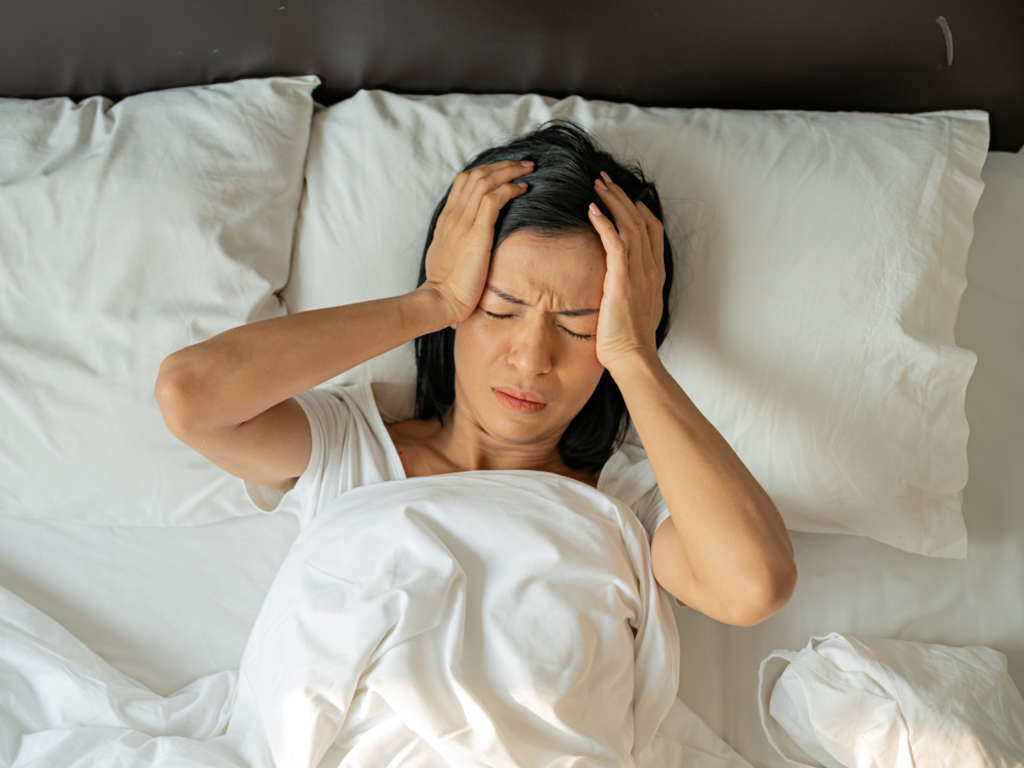What is Lorazepam?
Lorazepam (Ativan) is a substance that is part of a class of drugs called benzodiazepines. These drugs work by making changes in the central nervous system, slowing down brain activity.
This drug works by enhancing the effects of a certain natural chemical in the body (GABA). The U.S. Food and Drug Administration (FDA) approved this medicine in 1977. It is marketed under the brand name Ativan. The Ativan generic name is Lorazepam.
What does Lorazepam look like?
Lorazepam is the generic term, and the brand names will vary based the manufacturer. You can view images of Lorazepam to determine the dose and pharmaceutical company.
Common characteristics for a Lorazepam 0.5 mg is a white round tablet imprinted with “M” and “321”. Similarly, Lorazepam 1 mg is a white round tablet imprinted with “MYLAN” and “457”.
What are Lorazepam Tablets Used For?

Lorazepam (Ativan) is used for short term treatment to relieve anxiety or panic disorders. Taking lorazepam causes sedative effects which is why they are used as muscle relaxants, and for medical treatment of anxiety disorders.
Other uses for Lorazepam (Ativan) include:
- Insomnia
- Light Anesthesia
- Status Epilepticus
When Lorazepam is Used Off-Label
Lorazepam is sometimes used “off-label” for the following medical treatment:
- Vertigo
- Depression
- Pain
- Agitation
- Alcohol withdrawal
- Nausea and vomiting from chemotherapy
- Before a medical or dental procedure
How and When to Take Lorazepam (Ativan)
You may be prescribed Lorazepam to treat a medical condition. Always see a doctor who can provide medical advice before taking Lorazepam (Ativan).
Lorazepam tablets come as 0.5mg, 1mg and 2.5mg tablets. The liquid contains 1mg of lorazepam in each 1ml.
Typical Use of Lorazepam
The usual lorazepam dose will be determined by your medical professional. It is most often prescribed for:
Anxiety
Before a Medical Procedure
Sleep Problems
What are potential Adverse Reactions to Lorazepam (Ativan)?
Taking lorazepam can cause adverse reactions, even at a lower dose. When you mix Lorazepam (Ativan) with other drugs there can be adverse effects. For example, there can be severe symptoms that will occur if you take Lorazepam and drink alcohol. It is best to avoid drinking alcohol altogether when taking Lorazepam. Dangerous side effects or death could occur.
Avoid driving or hazardous activity until you know how this medicine will affect you. Dizziness or drowsiness can cause falls, accidents, or severe injuries.
Tell your doctor if you have ever had breathing problems such as COPD (chronic obstructive pulmonary disease) or sleep apnea (breathing that stops during sleep); profound sedation, drug, or alcohol addiction; depression, mood problems, or suicidal thoughts or behavior; kidney or liver disease; renal failure, seizures; or glaucoma.
Call your doctor or pharmacist before taking Lorazepam with other drugs to avoid an allergic reaction or potential drug interactions.
Side Effects of Lorazepam

Tell your doctor right away if you experience the following:
- Severe drowsiness
- Aggression
- Thoughts of suicide or hurting yourself
- Unusual changes in mood or behavior
- Muscle weakness
- Jaundice (yellowing of the eyes or skin)
- Sudden restless feeling or excitement
- Sleep problems
- Difficulty breathing
- Respiratory depression
- Psychological dependence
- Dark urine
- Confusion
- Hallucinations
- Vision changes
- Allergic reaction
Missed Dose- Now What?
If you miss a dose of this medicine, take it as soon as possible. However, if it is almost time for your next dose, skip the missed dose and go back to your regular dosing schedule. Do not take a double dose and be sure not to exceed dose.
Can You Become Addicted to Lorazepam?

Yes and no. Taking Lorazepam at high doses can cause an intense “high” feeling and euphoria. When you use Lorazepam for this purpose, you can develop a physical dependence. This happens because you want to continue feeling this way.
When Lorazepam is taken based on the prescription label, there is less of a risk for drug abuse. People use it for anxiety relief, but when it is taken inappropriately, at a higher dose than prescribed or for prolonged periods you may suffer from drug abuse.
Can You Overdose on Lorazepam?
Yes, it is possible to overdose on Lorazepam. The likelihood of having a medical emergency while on lorazepam increases substantially if you mix it with other substances. Since alcohol and opioids have similarly depressing effects, combined use can end in overdose, coma, or death.
Overdose Symptoms
- Extreme drowsiness
- Severely slowed breathing
- Blurred vision
- Disorientation
- Paradoxically increased agitation or anxiety
- Involuntary eye movements
- Impaired reaction time and decreased reflexes
- Involuntary muscle contractions
- Reduced muscle strength.
- Profoundly lowered blood pressure
- Unresponsiveness
Call your doctor right away or seek out medical attention if you are experiencing any overdose symptoms.
What Are the Withdrawal Symptoms?
Stopping lorazepam suddenly can worsen your condition and cause unpleasant withdrawal symptoms that may last for several weeks to more than 12 months. When you stop taking lorazepam, your doctor will lower your dose gradually.
Taking Lorazepam While Pregnant or Breastfeeding
There is not enough information to know if lorazepam is safe for pregnant women. It might mean your baby is born with withdrawal symptoms. If you are breastfeeding, there is a chance that Lorazepam would be present in your breast milk and not safe for your infant.
If you become pregnant while taking lorazepam, speak to a doctor or health care provider.
Can You Treat Lorazepam Dependence?

The best way to treat a Lorazepam dependence is to slowly decrease your initial daily dose until you eventually no longer need the drug. Often, when quitting a drug like Lorazepam you will experience withdrawal symptoms when you stop, so it is best to gradually reduce the dose in small increments.
Treating Lorazepam Addiction
The first step in addiction treatment is detoxification which is described below. After detox is complete, typically you can move onto a residential treatment center like Turning Point of Tampa.
Lorazepam Detoxification
Abuse of lorazepam is a serious issue that deserves professional treatment. Most initial treatment for lorazepam abuse starts with detoxing while in the care of addiction specialists.
The detox phase is when you gradually withdraw the drug from your system, often warranting medical supervision. Addiction professionals can help reduce withdrawal side effects and help people feel as comfortable as possible during detoxification.
Addiction Treatment at Turning Point of Tampa
Our program philosophy has been consistent for over 30 years. We started Turning Point of Tampa in 1987, believing that the daily application of a 12-Step program is the answer for alcoholics, addicts, and those suffering from eating disorders.
Clients who come to our facility are those who need the structure and guidance of a 12-Step program, PLUS the addition of therapy, psychiatric evaluation, and care, as well as other disciplines of treatment. We have never wavered from this belief and never compromised what we believe in for the sake of the next “best quick cure” in the industry.
If you are looking for a facility that adheres to what they believe in and applies those standards and ethics in their organizational culture and lives, then you should consider Turning Point of Tampa.
Ativan Uses
Ativan is a medication that is typically used to treat anxiety, panic disorder and insomnia. There are off label uses that it can be used for.
Lorazepam for Sleep

Lorazepam is a medication that is used to help induce sleep. It is a tranquilizer, sleeping pill that is prescribed for insomnia.
Is Lorazepam an Opioid?
No, Lorazepam belongs to a group of drugs called benzodiazepines which are different from opioids. Benzodiazepines are also called tranquilizers. Benzodiazepines produce sedation, induce sleep, relieve anxiety, and muscle spasms, and prevent seizures.
Benzodiazepines
Benzodiazepines (sometimes called “benzos”) are drugs that work to calm or sedate a person. They change the level of the inhibitory neurotransmitter GABA in the brain, resulting in a calm, euphoric feeling.



